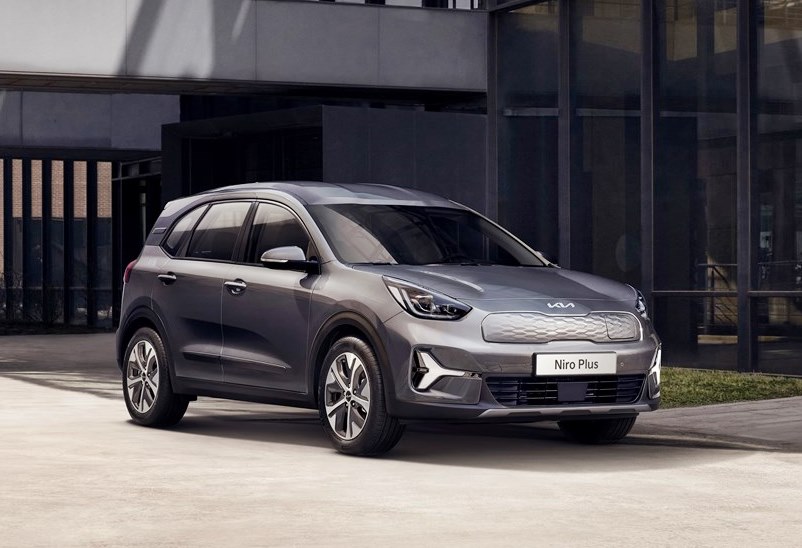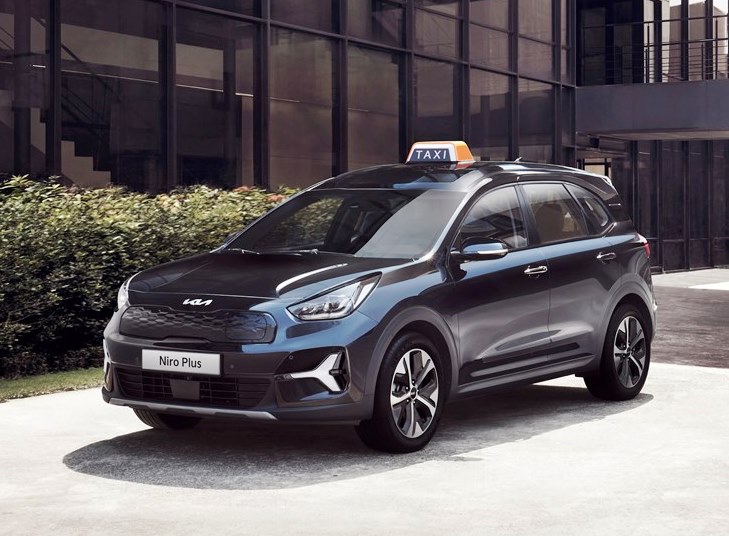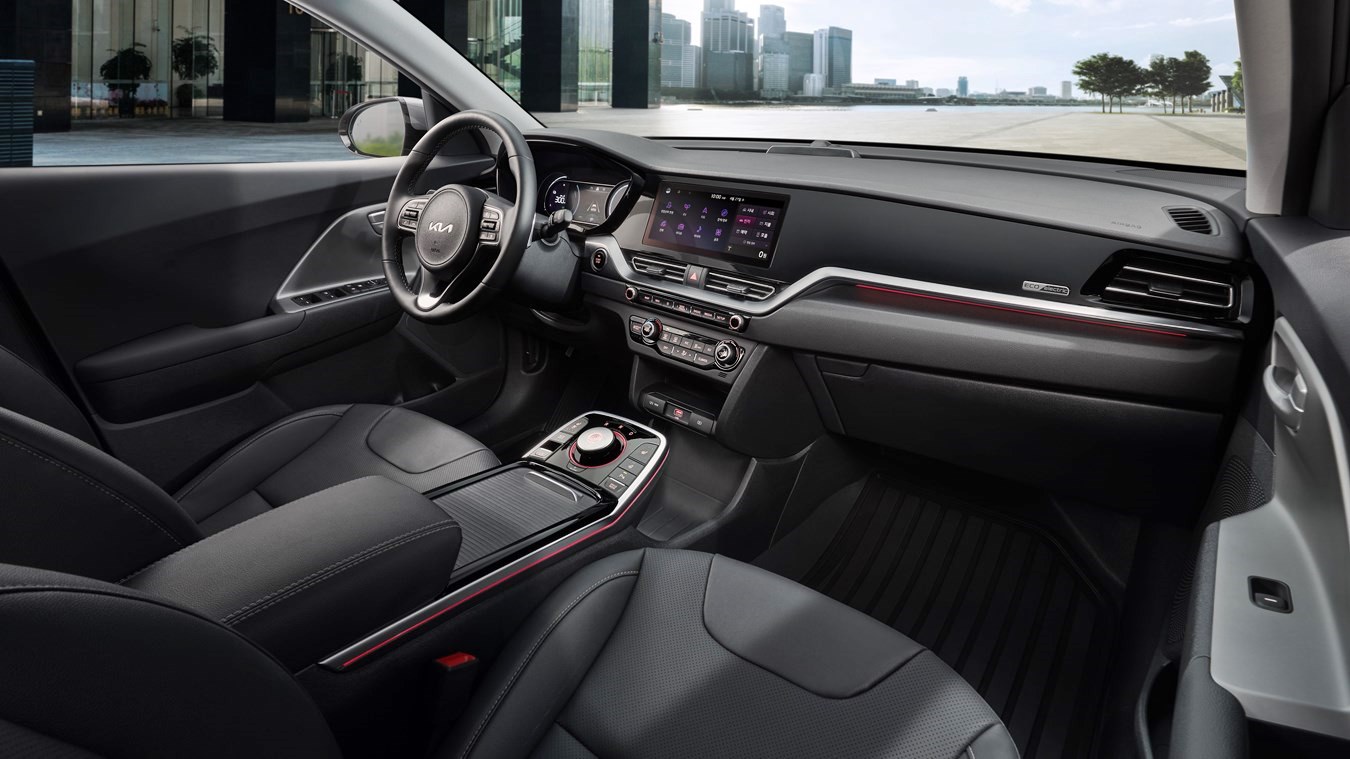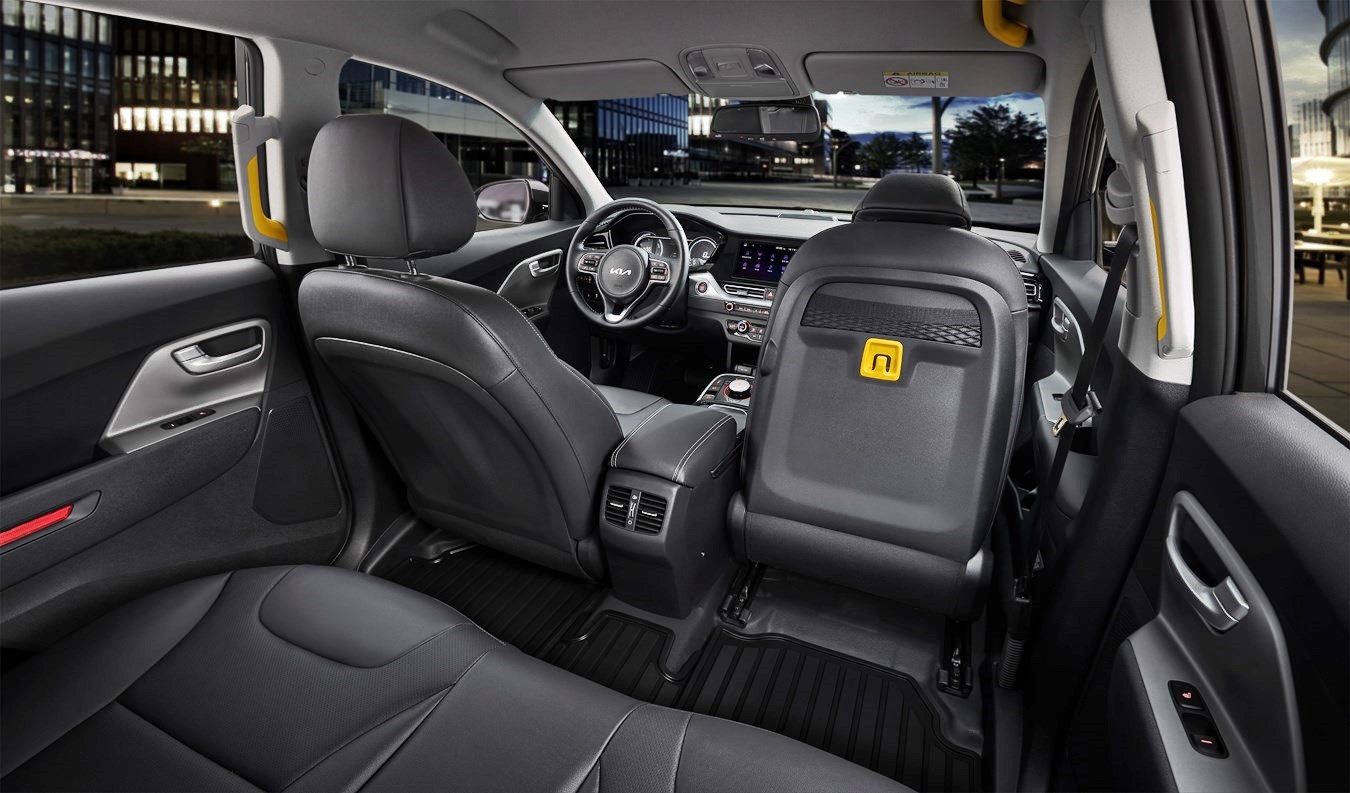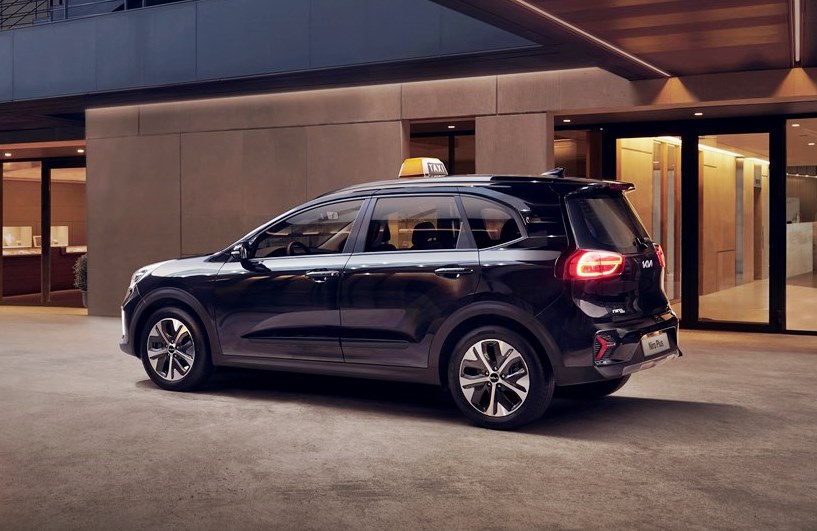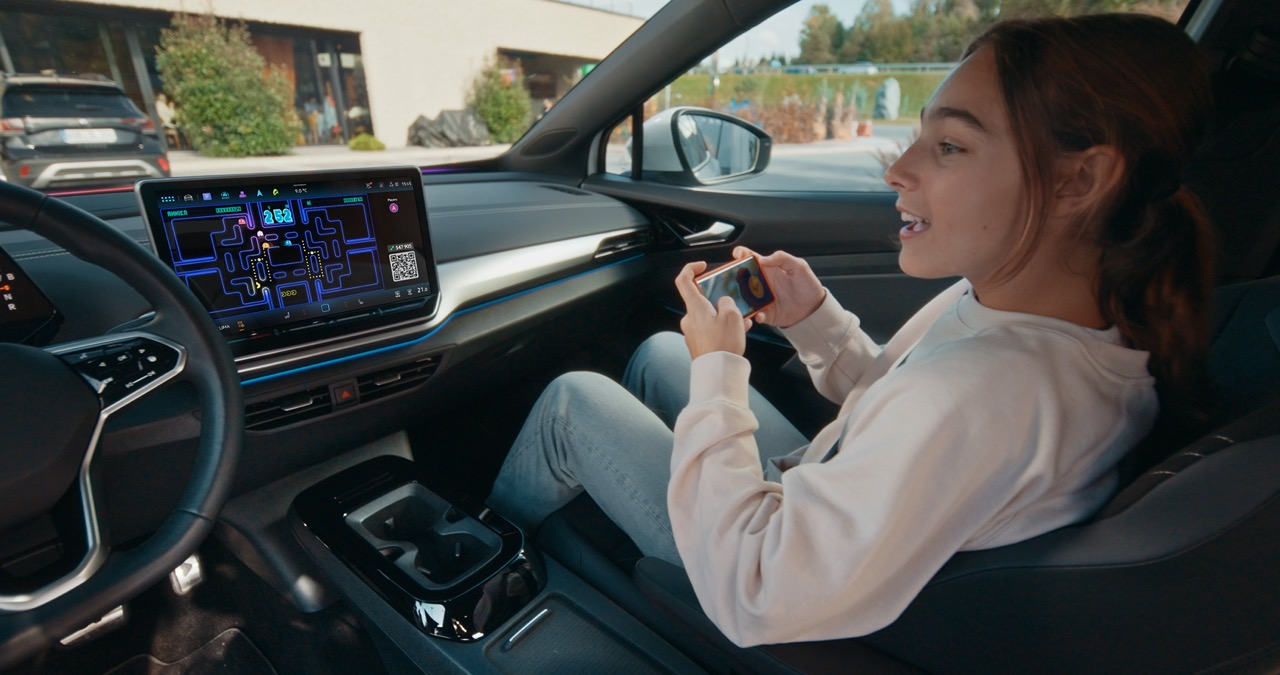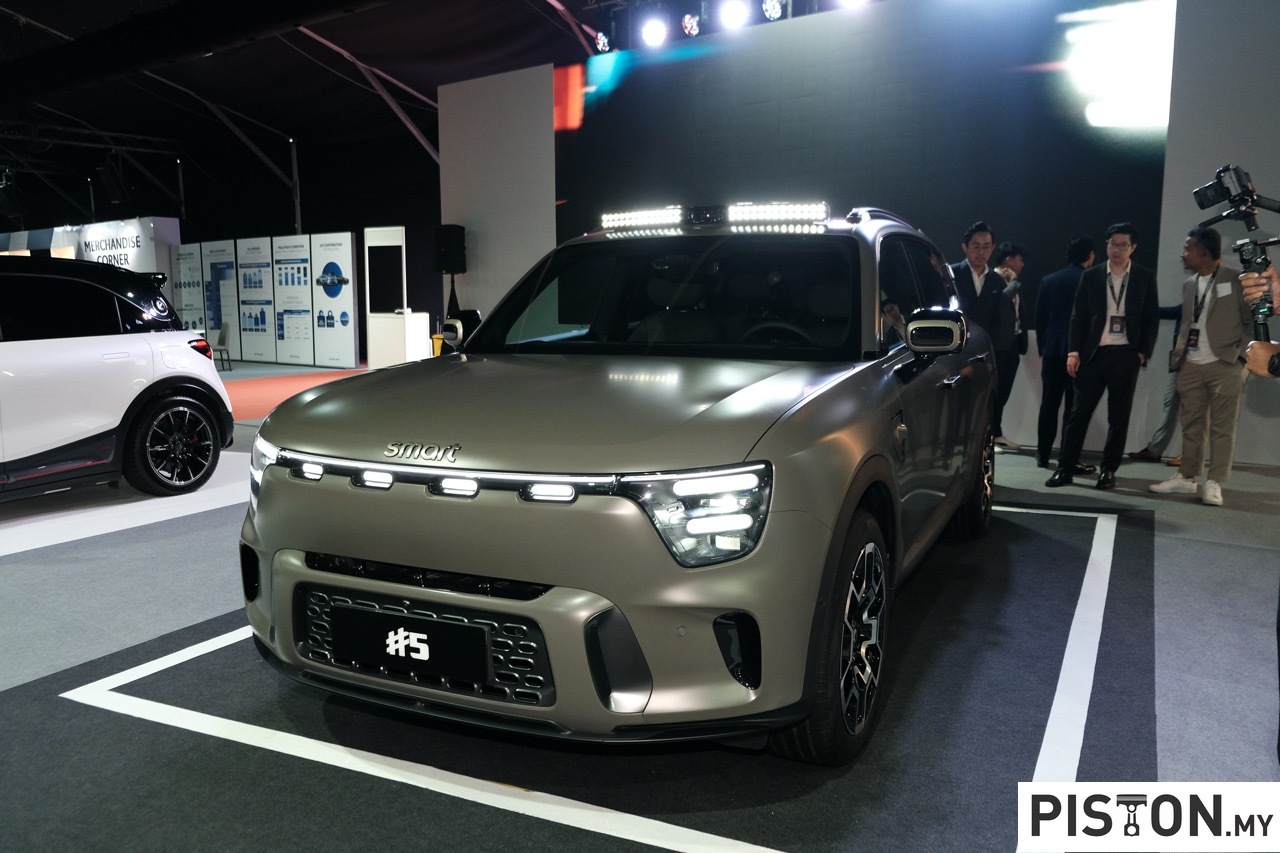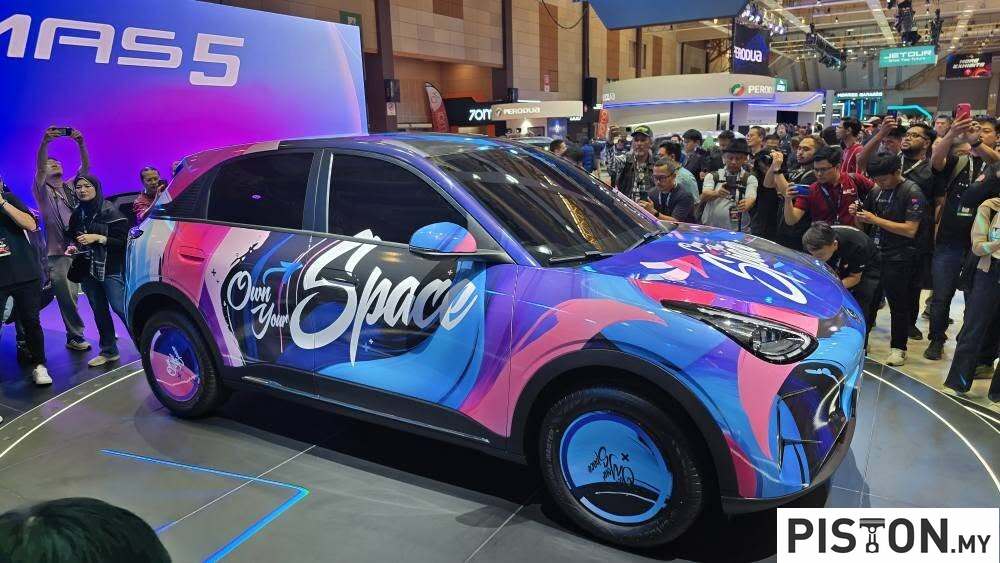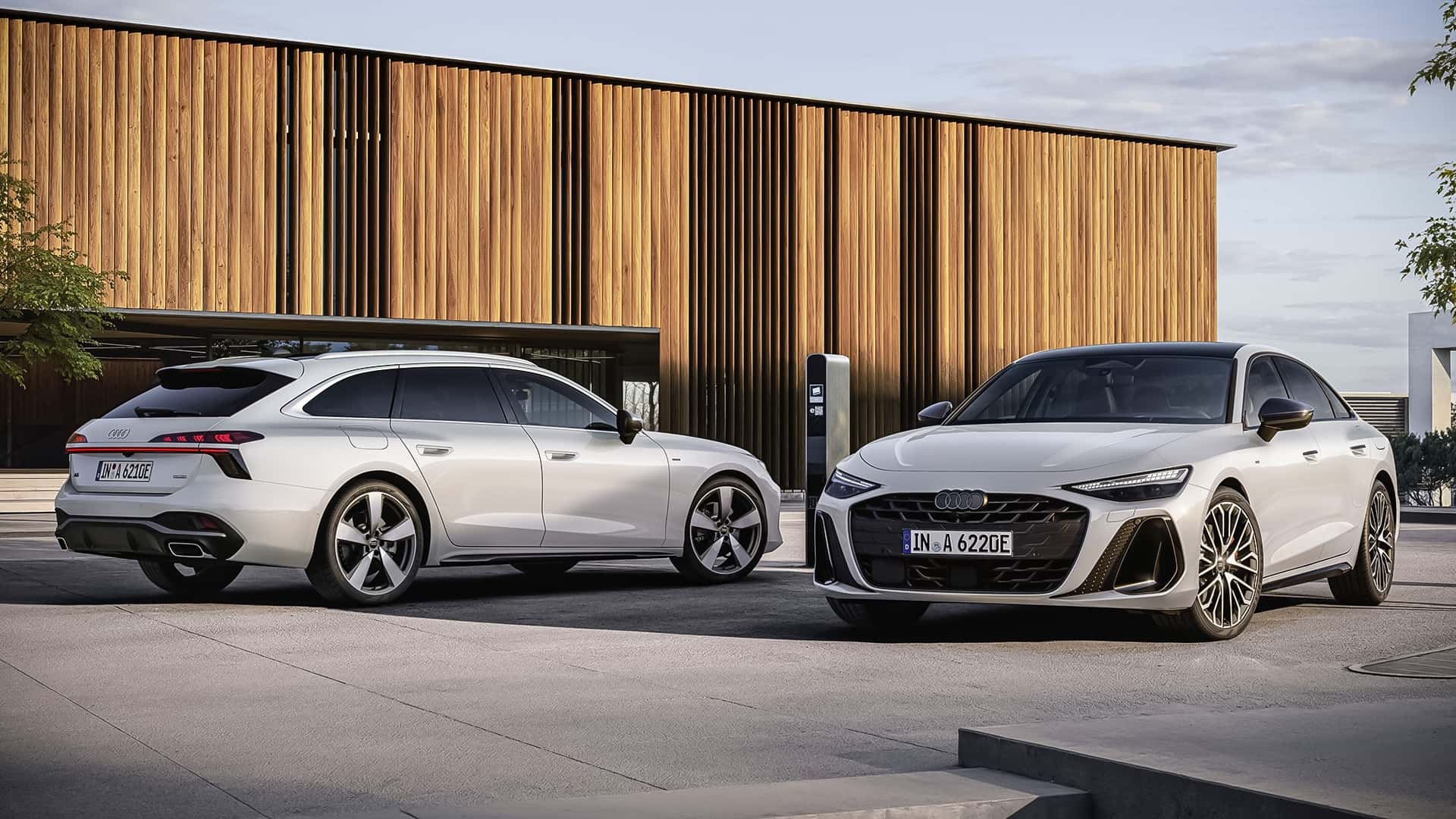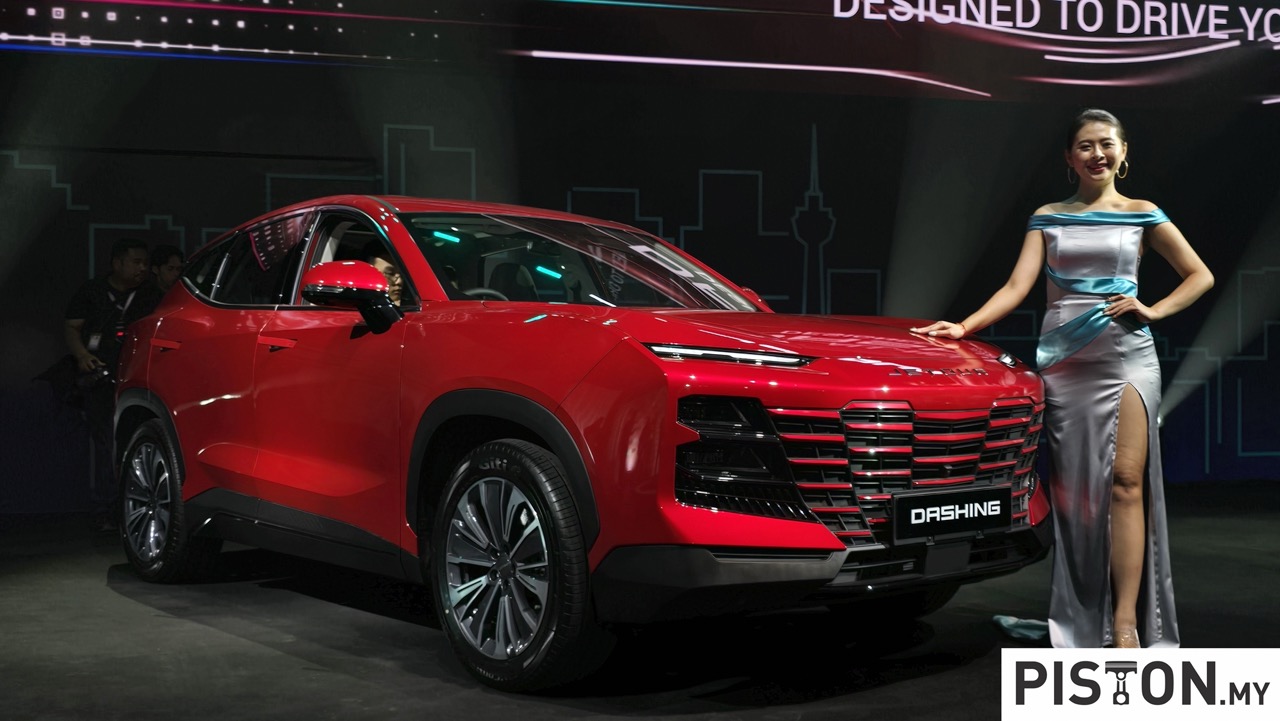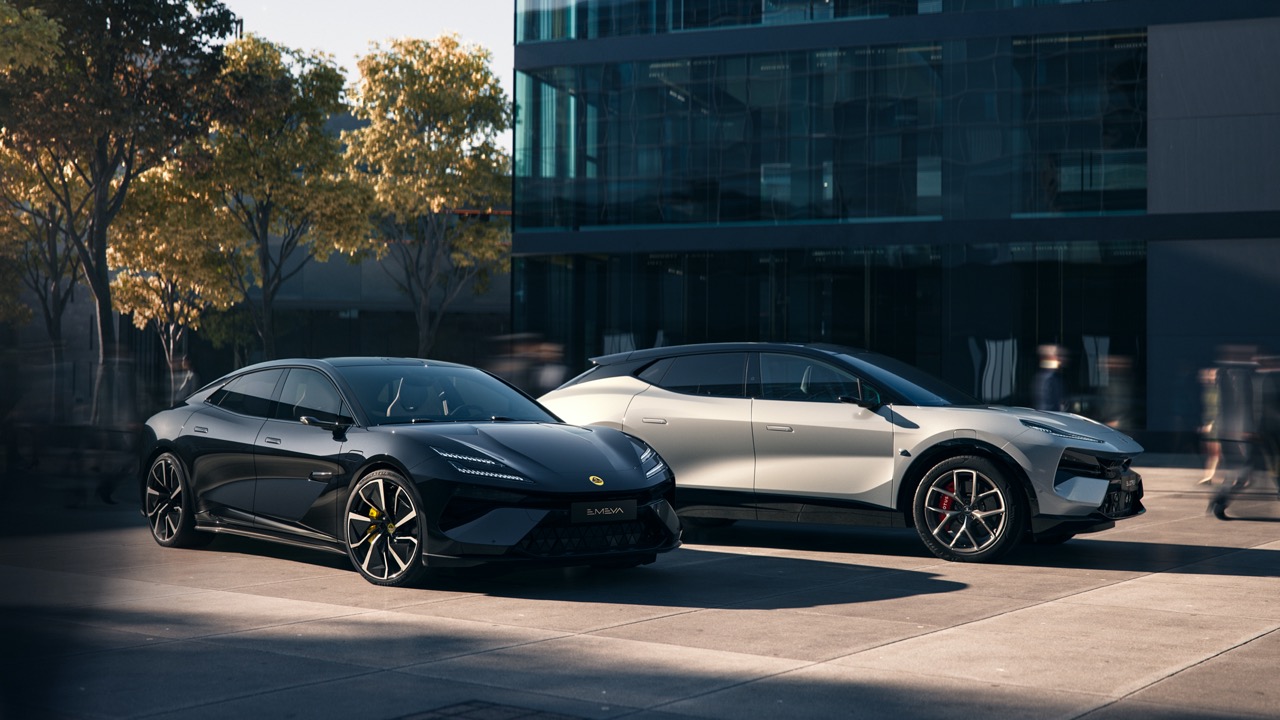There’s a segment of the global auto market which is not generally known to most people outside the industry although the vehicles in this segment would have been generally termed as ‘light commercial vehicles’ or LCVs before. Now they are referred to as Purpose-Built Vehicles or PBVs, and this segment has been growing significantly. From a sales volume of 320,000 units in 2020, it is expected to increase to 1.3 million units in 2025.
While the PBV functions essentially like a vehicle for commercial purposes, its role is far more diverse due to modern mobility requirements. Thus it has to be more optimized for different purposes moving people or cargo. Mobility services such as car-sharing and ride-hailing are expanding as consumers’ mentality changes from owning a car to using mobility. A global market research company predicted that the mobility sharing service will grow from 1.2 million units in 2021 to 4.9 million units in 2030. For this reason, PBVs specialized in mobile services are trending.
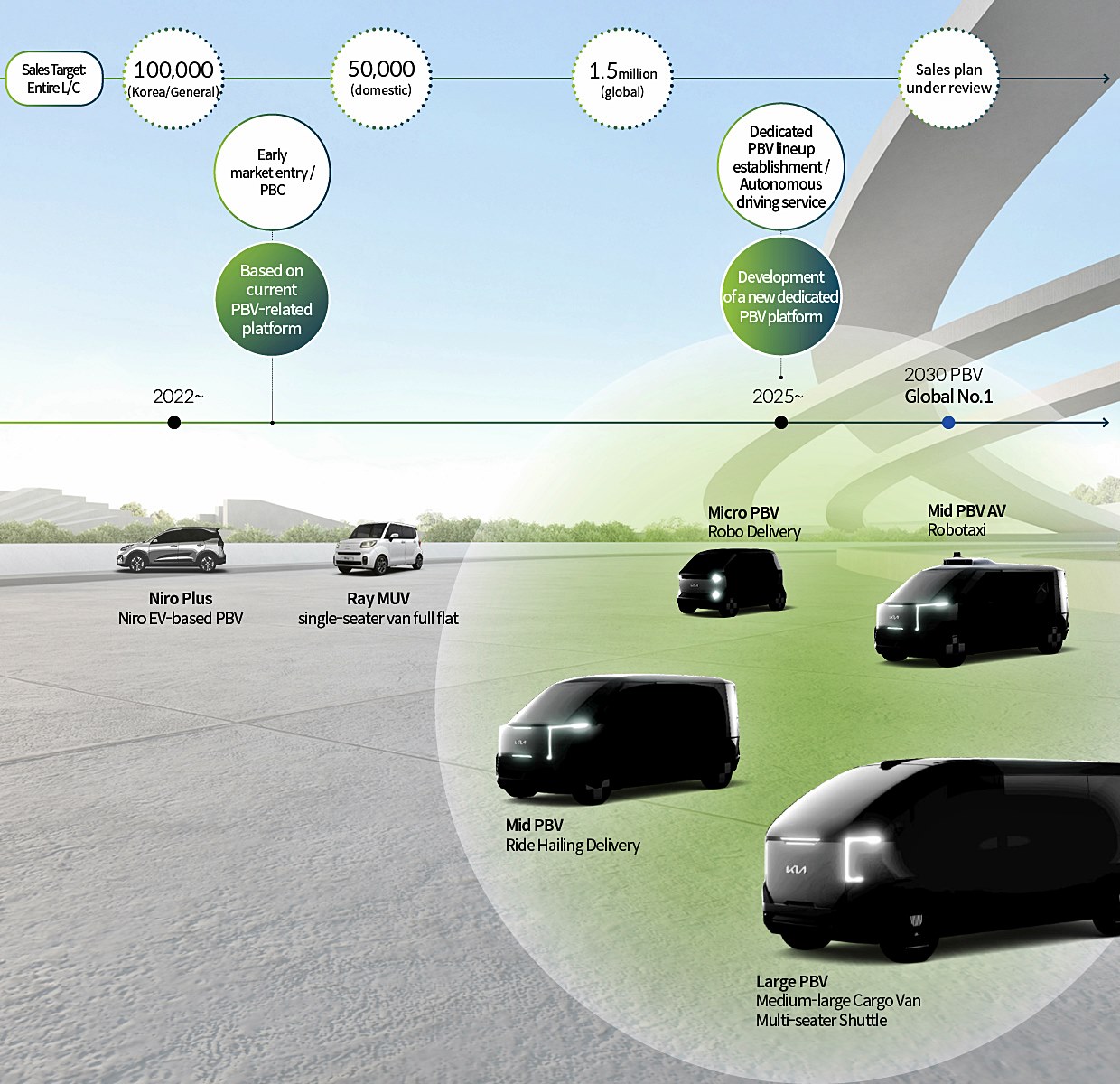
At the same time, the demand for logistics has also rapidly increased, partly due to the huge growth in e-commerce that has taken place over the past 2 years during the COVID-19 pandemic. In other words, the PBV will be an important link in last-mile mobility for people as well as goods.
The Hyundai Motor Group (HMG) is therefore giving much attention to development of PBVs as future mobility solutions. While investing in R&D on electrification and autonomous driving technology, it is also developing PBV-related technologies, such as developing core parts, producing various types of vehicles, and researching platform-based body module assembly technology.
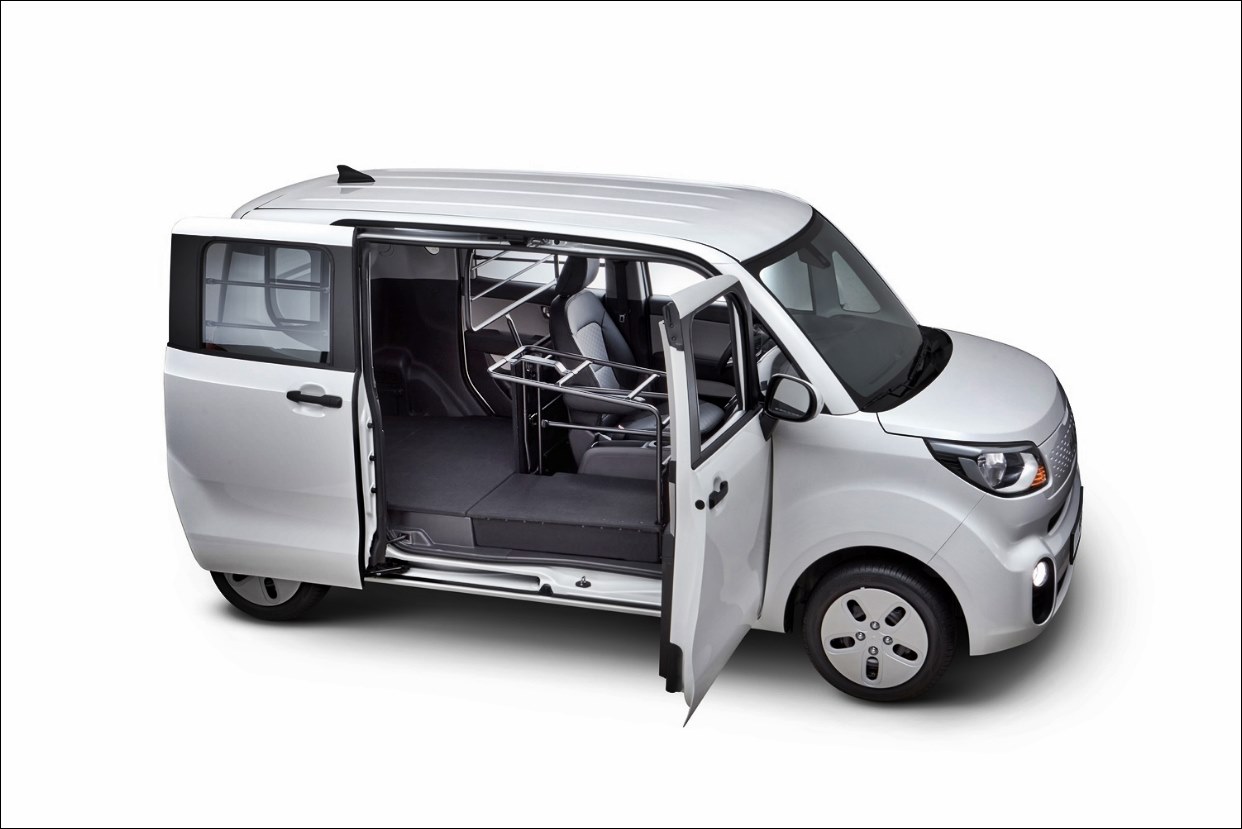
In 2020, Kia (part of HMG) announced its mid-to-long-term future strategy, ‘Plan S,’ and declared that it would transform from an automaker to a future mobility solution provider by expanding its businesses such as electric vehicles, mobility services, and PBVs. It also revealed that it would respond early to the market with PBVs based on existing cars by 2023, with the Ray 1-seater vans and 5-seater full-flat models to satisfy the growing national demand for small cargo delivery services.
Now comes the Niro Plus, its first PBV which is being offered in Korea as a general model and zero-emission taxi. The carmaker has modified the first generation Niro EV to make it suitable for the demands of modern-day car-hailing.
To meet the demands of Korean operators, the length and height of the Niro Plus taxi model have increased by 10 mm and 80 mm, respectively, to give occupants more space inside the cabin. Slimmed-down structures have also contributed to the greater cabin space, and the seats and door trim have been thinned down.
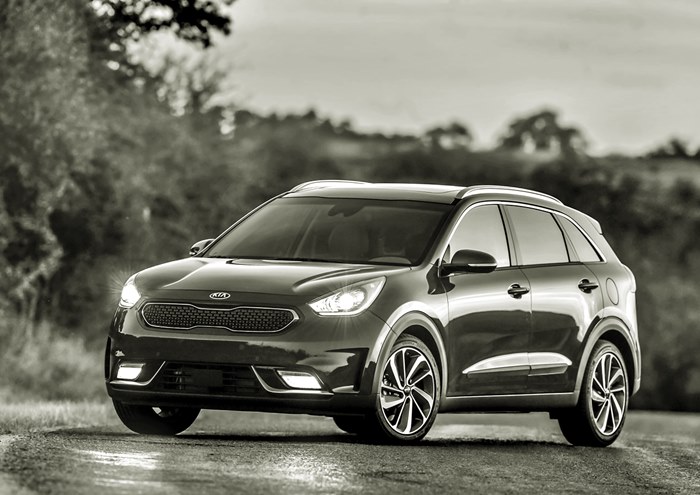
The Niro Plus can offer more sustainable means of working and travelling, so Kia is planning a general version of the Niro Plus for private ownership. This can be used for many business and recreational purposes including car-hailing services. One usage scenario could be where a small business owner uses the Niro Plus for work during the week and when it’s the weekend or a holiday, he or she can use the same vehicle for leisure activities such as camping or touring the countryside.
“Kia is transforming its business strategy to focus on popularizing EVs, and introducing new mobility products that are tailored to the needs of users in markets around the world. The Niro Plus is our first step into the world of PBVs, a market that holds great potential for future development,” Sangdae Kim, Head of Kia’s eLCV Business Division.
As the PBV market grows, Kia plans to gradually expand its range from micro to large PBVs that can potentially offer an alternative to public transportation or even be used as mobile offices. A general, non-taxi version of the Niro Plus will be made available in some overseas markets in the second half of this year. In addition to the battery electric vehicle (BEV) version, there will be plug-in hybrid (PHEV) and hybrid electric vehicle (HEV) powertrains to meet specific market conditions.
Kia aims to become a market leader by 2030 and to achieve this, it is developing a dedicated platform upon which PBVs of different shapes and sizes can sit, meeting evolving customer needs and market trends. The first Kia dedicated PBV model will be launched in 2025, by which time the global PBV market is expected to mature. It will be similar in size to a mid-sized vehicle, with inherent scalability.
Kia Malaysia reveals 5-year plan with 61% of local production to be exported




